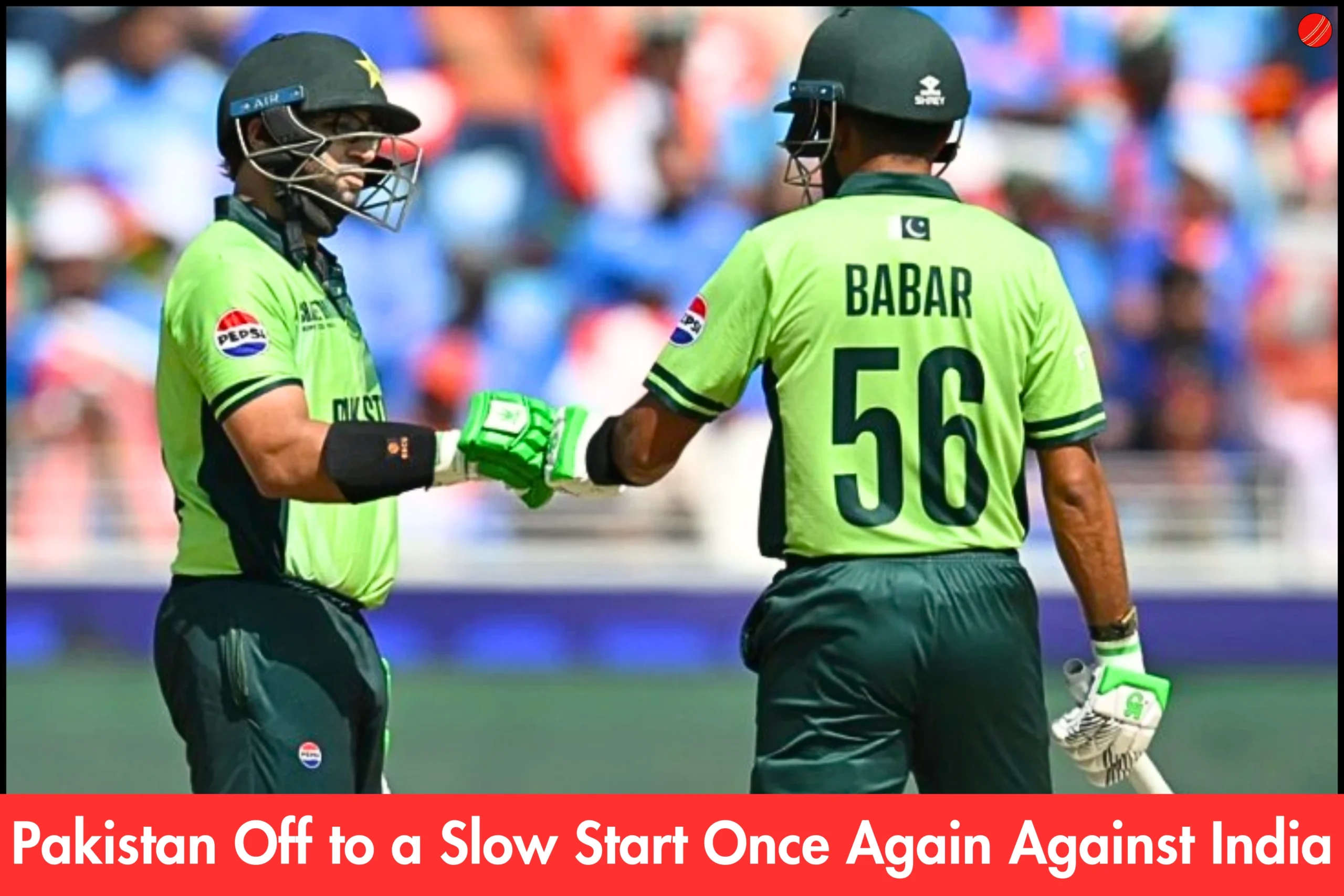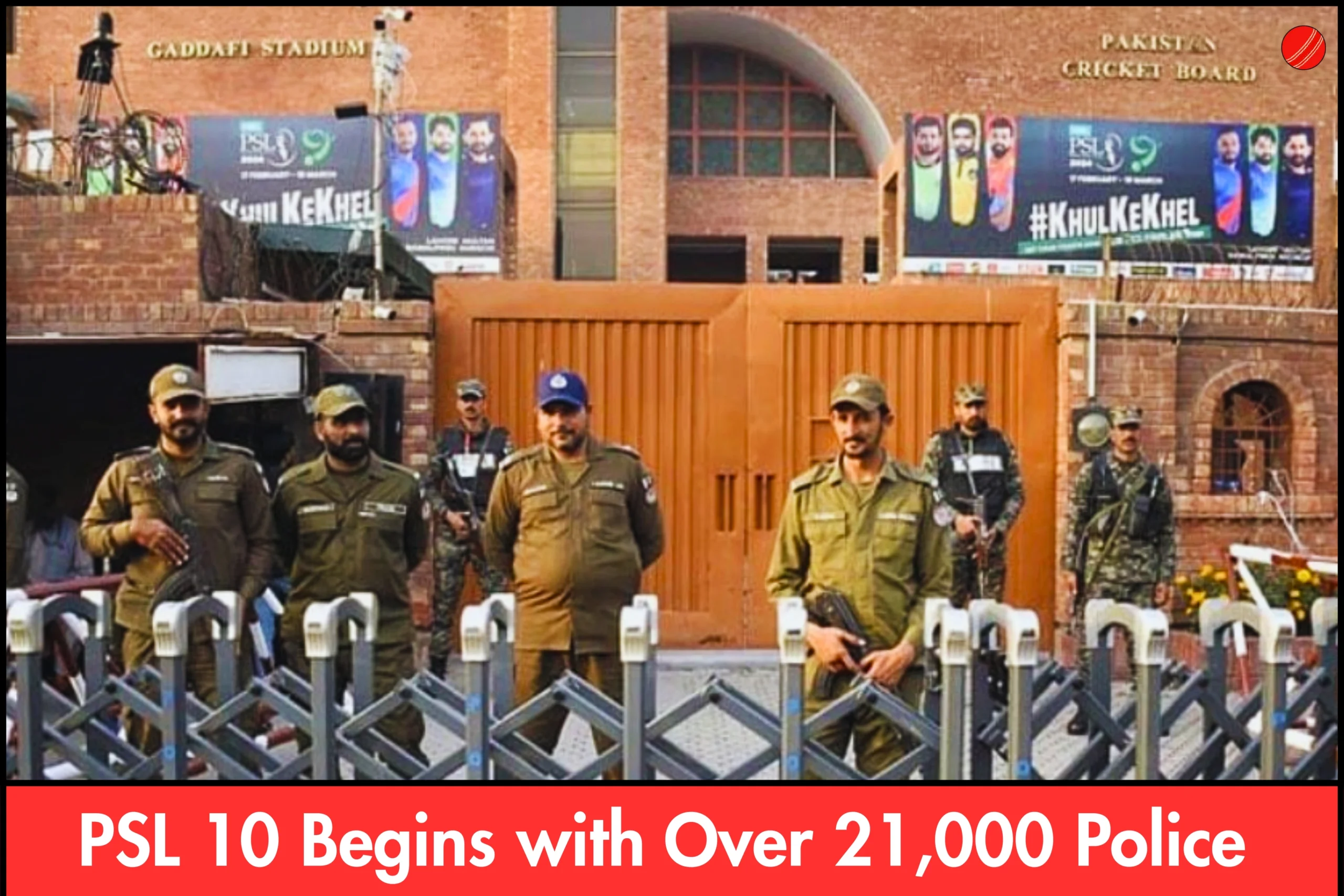Slow Start
Pakistan’s top-order batters once again struggled to keep the scoreboard ticking in their Champions Trophy clash against India. Facing 28 dot balls in the first six overs, they mirrored their sluggish start from the tournament opener against New Zealand. This statistic was highlighted by sports correspondent Danyal Rasool, emphasizing that no other team has played as many dot balls in the powerplay in this year’s tournament.
A Repeat of the Same Struggles
The Powerplay Problem
Pakistan’s openers, Babar Azam and Imam-ul-Haq, were cautious from the outset after captain Mohammad Rizwan won the toss and elected to bat first at the Dubai International Stadium. Unfortunately, their approach echoed the struggles they faced against New Zealand. The inability to rotate the strike effectively led to mounting pressure, which ultimately impacted the middle order.
Playing 28 dot balls in the first six overs is a significant concern, especially in a high-stakes match against India. This slow start not only restricted Pakistan’s ability to set up a strong foundation but also provided an advantage to the Indian bowlers, who capitalized on the pressure situation.
Statistical Comparison of Pakistan’s Slow Start
Below is a table highlighting Pakistan’s struggles in the powerplay during the Champions Trophy:
| Match | Dot Balls in First 6 Overs | Key Batters Involved | Outcome |
|---|---|---|---|
| Pakistan vs. New Zealand | 28 | Babar Azam, Imam-ul-Haq | Lost |
| Pakistan vs. India | 28 | Babar Azam, Imam-ul-Haq | TBD |
The recurrence of this issue suggests a need for Pakistan’s coaching staff to reconsider their strategy in the initial overs.
Why Does Pakistan Keep Starting Slow?
1. Conservative Batting Approach
Pakistan’s top-order batters seem to prioritize staying at the crease over aggressive stroke play. While this approach may work in Test cricket, it is detrimental in limited-overs formats where scoring quickly is crucial.
2. Lack of Intent to Rotate Strike
One of the major reasons for the slow start is the failure to rotate the strike. Instead of taking singles and twos, the batters are either defending or playing dot balls, building unnecessary pressure.
3. Indian Bowlers’ Discipline
The Indian bowlers deserve credit for maintaining tight lines and lengths, making it difficult for Pakistan’s batters to score freely. With accurate deliveries and variations, they have successfully restricted the scoring rate.
The Road Ahead: How Pakistan Can Improve
To overcome their slow starts, Pakistan needs to adopt a more proactive batting strategy. Here are some key adjustments they should consider:
1. Aggressive Mindset from the Openers
Babar Azam and Imam-ul-Haq need to strike a balance between caution and aggression. Playing attacking shots and rotating the strike can relieve early pressure and set a strong platform.
2. Middle-Order Stability
A solid start will enable the middle order, including Mohammad Rizwan and Fakhar Zaman, to capitalize in the later stages of the innings.
3. Better Communication Between Batters
Quick singles and well-judged twos can significantly impact the run rate. Running between the wickets must improve to break the dot-ball pattern.






